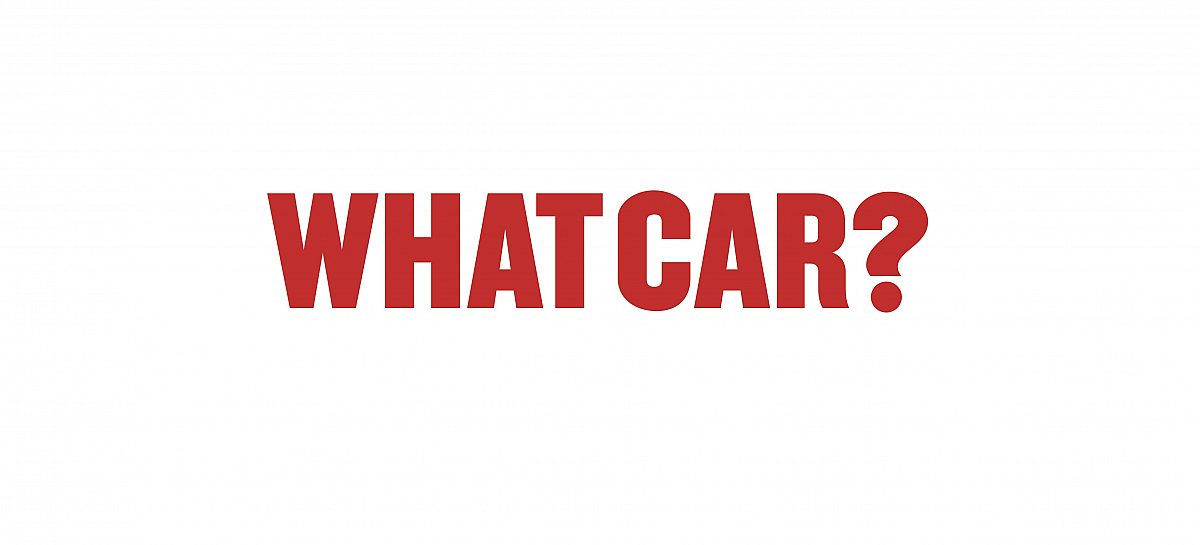
“There’s a saying that I hear a lot about today being the slowest day of the rest of your digital life, and I haven’t seen anything that proves it wrong yet,” says Ian Godbold, marketing and customer relationship manager for Cambria Automotive. Previously, Godbold was an e-commerce specialist for Dixons Stores Group and Hartwells when they were still establishing an online strategy.
Godbold is fast-walking and fast-talking evidence of the opportunities that lie within digital transformation, evangelising about everything from good search engine optimisation (SEO) and pay per click (PPC) strategies to the benefits of a good social media strategy and the latest insights he can get from new electronic customer relationship management (ECRM) and web analytics tools. But he’s quick to acknowledge that the potential advantages can be outweighed by the onslaught of the latest, supposedly better, tools on offer.
“The car industry is so complex,” he says. “It can move quickly in some areas, but implementing these systems into large organisations is neither cheap nor simple, and the problem I’m seeing at the moment is that these new technologies, which should be helping us achieve greater goals, can introduce problems to the people they are supposed to help.”
Godbold fears that the prevailing attitude in the face of this change is to resist, or at least ignore, it. “If you’re a busy dealer and you have cars to sell, you don’t want a thousand distractions. You don’t even want to be logging into seven separate systems that may or may not help you sell a car once you’re in them and using them properly, especially when you’ve been selling cars without them all your life and there’s still a queue of happy customers at your door. If a digital asset doesn’t improve your life and your customer’s life, you won’t use it. I get that.
“The problem, though, is that your rivals will be using them, and if they use them well, they’ll be finding and retaining new customers, who in turn will be happier and more engaged, and as a result, those firms will be growing their businesses, understanding how to use digital tools and channels to best effect and then using that expertise to do an even better job into the future.
“If you stand still, they will eat your lunch.”
[…]
Godbold also acknowledges that any efficiencies earned by digital innovation are soon swallowed up by other advances. Under his remit, he says the one that is most time-consuming (but also the most rewarding) is improving the customer experience. While that covers the full gamut of communications, from initial tweet or email newsletter to first phone call and so on, his current focus is on the future of the dealership in the digital world.
“A retail site will always be part of the model,” he says. “Digital advances will never replace the fact that the best dealership is a cornerstone of local business. It has heritage and reputation, and people know the name and trust it. Buying a car isn’t like buying a kettle. It’s a personal experience, and that requires interaction. Digital tools can improve the pre-purchase, purchase and post-purchase experiences, but they cannot replace the human interaction.
“Once you accept that, the point is about providing world-class guest experiences, rather than a space where we sell cars from. That sounds simplistic, but again it boils back to a really easy message: ‘Give great service to somebody and they will come back to you’.”
[…] Read the full article and download June’s What Car? Insight here: http://cached.offlinehbpl.hbpl.co.uk/misc/RCW/MotoringFactFileResearch/Insight_Insight%20June%202018_WhatCar%20Extras.2.pdf
